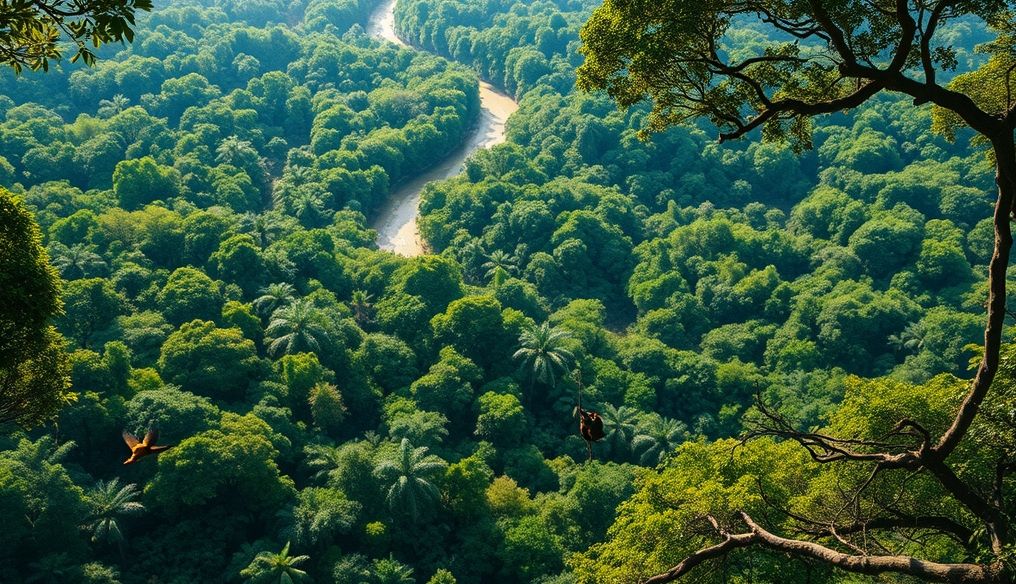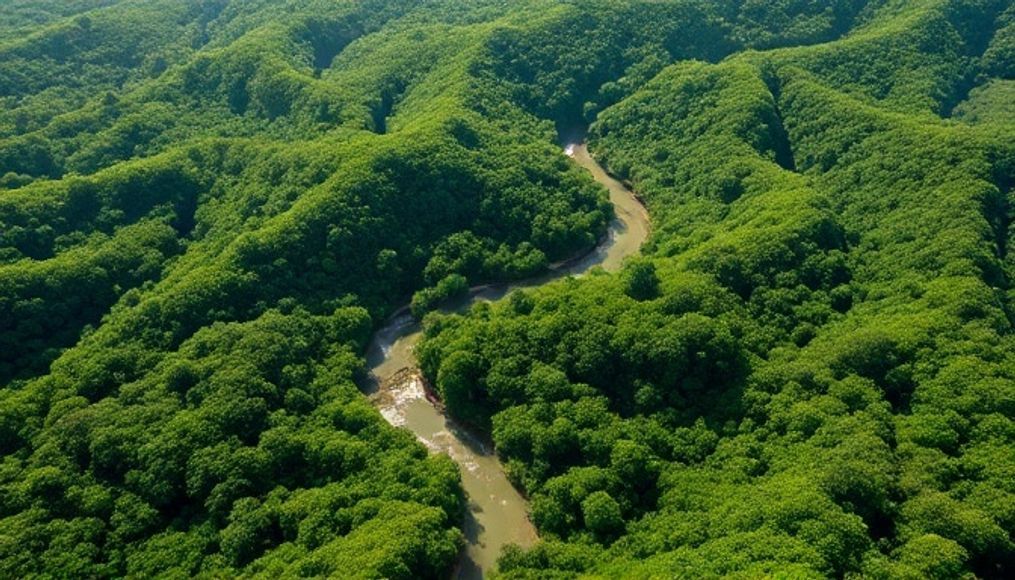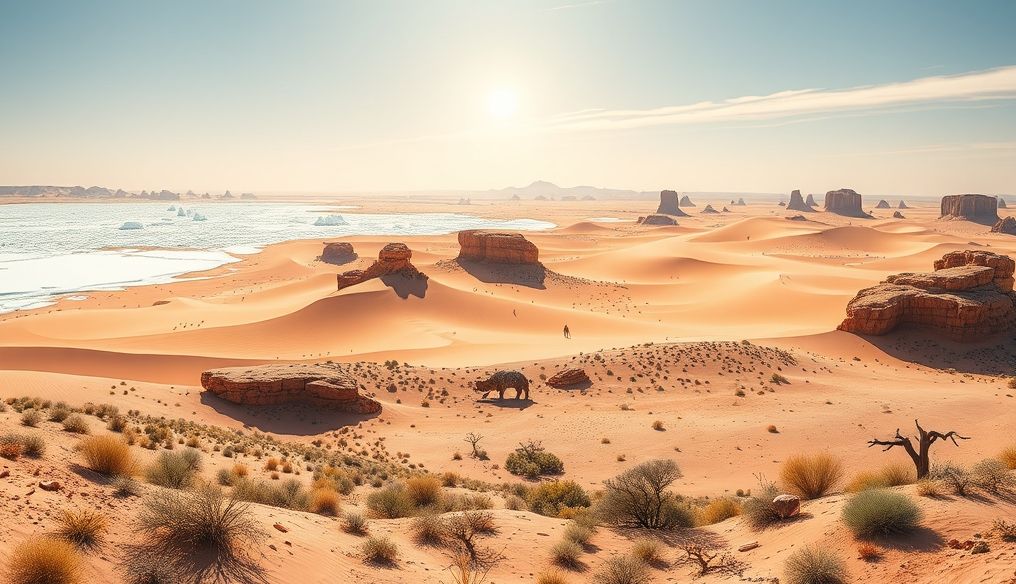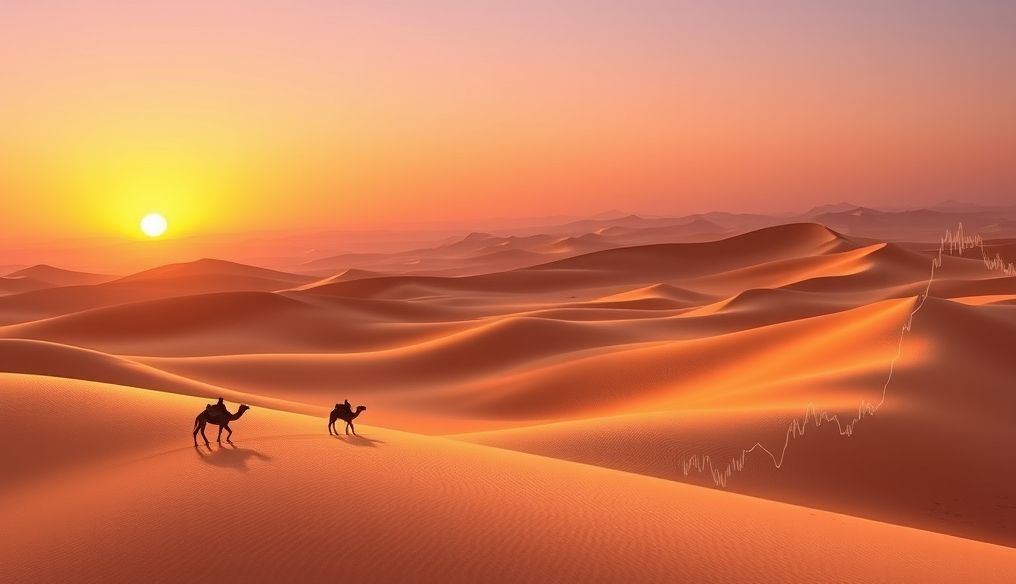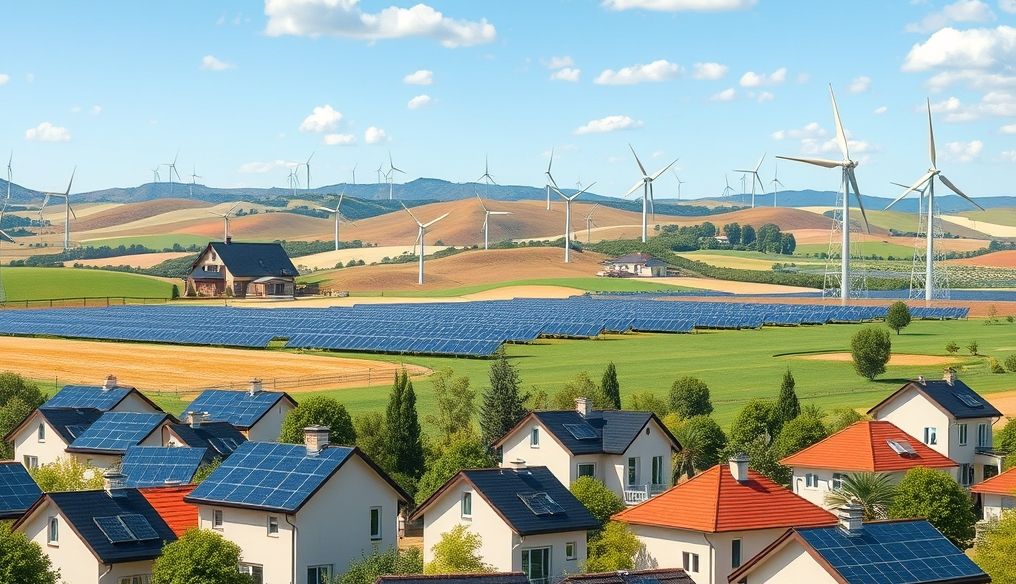Is the Amazon Rainforest Really the "Lungs of the Earth"? A Comprehensive Scientific Look
We have often heard that the Amazon rainforest is the "lungs of the Earth," a phrase repeated in the media and everyday conversations. But, is this statement scientifically accurate? And is the Amazon the primary source of the oxygen we breathe? In this article, we will explore this idea in depth, analyze the scientific facts, and understand the true role that the Amazon plays in our ecosystem.
What Does the Phrase "Lungs of the Earth" Mean?
The phrase "lungs of the Earth" suggests that the Amazon rainforest produces vast amounts of oxygen through photosynthesis, the process by which plants use sunlight and carbon dioxide to produce energy and oxygen. The idea is that this oxygen is essential for life on Earth, and the Amazon is its primary source.
Photosynthesis in the Amazon Rainforest
The Amazon rainforest is one of the most vibrant regions on Earth, home to a vast diversity of plants and trees. These plants absorb large amounts of carbon dioxide from the atmosphere and convert it into oxygen and sugars. This process is essential for life and contributes to regulating the global climate.
Is the Amazon the Primary Source of Oxygen?
Although the Amazon rainforest produces significant amounts of oxygen, most of this oxygen is consumed within the ecosystem itself. Plants, animals, and microorganisms in the Amazon consume oxygen through cellular respiration. In addition, dead organic matter decomposes, a process that also consumes oxygen.
Estimates suggest that the Amazon rainforest produces approximately 6% of the world's oxygen, a significant number, but not enough to consider it the "lungs of the Earth" in the literal sense. The primary source of oxygen on the planet is the oceans.
The Role of Oceans in Oxygen Production
The oceans play a crucial role in oxygen production. Marine algae, especially phytoplankton, perform photosynthesis in massive quantities, producing approximately 50% to 80% of the oxygen in the atmosphere. This makes the oceans the primary source of oxygen on Earth, not the Amazon rainforest.
The Importance of the Amazon Beyond Oxygen Production
Although the Amazon rainforest is not the primary source of oxygen, it plays a vital role in regulating the global climate and preserving biodiversity. It acts as a large carbon sink, absorbing vast amounts of carbon dioxide and storing it in trees and soil. This helps reduce global warming and climate change.
In addition, the Amazon rainforest is home to millions of species of plants, animals, and insects, and is considered one of the most biodiverse regions on Earth. Protecting the Amazon rainforest is essential for preserving this unique biodiversity.
The Impact of Deforestation on the Global Climate
Deforestation in the Amazon has devastating effects on the global climate. When trees are cut down and burned, large amounts of carbon dioxide are released into the atmosphere, contributing to the exacerbation of global warming. In addition, the forest's ability to absorb carbon dioxide decreases, increasing its concentration in the atmosphere.
Studies suggest that deforestation in the Amazon can lead to significant climate changes in the region, such as decreased rainfall and increased drought. These changes can affect agriculture and water resources, and increase the risk of forest fires.
How Can We Protect the Amazon Rainforest?
Protecting the Amazon rainforest requires joint efforts from governments, non-governmental organizations, and civil society. Strict measures must be taken to reduce deforestation and promote reforestation. Local communities living in the Amazon must also be supported and empowered to manage their natural resources sustainably.
In addition, awareness of the importance of the Amazon rainforest and the impact of deforestation on the global climate should be increased. Individuals can contribute to protecting the Amazon by supporting sustainable products and reducing the consumption of products that contribute to deforestation.
Conclusion
Although the Amazon rainforest is not the "lungs of the Earth" in the literal sense, it plays a vital role in regulating the global climate and preserving biodiversity. Protecting the Amazon rainforest is essential for the future of our planet, and this requires joint efforts from all parties.
References:
- National Geographic: https://www.nationalgeographic.com/
- World Wildlife Fund: https://www.worldwildlife.org/
- Amazon Watch: https://amazonwatch.org/
